Could Houston locals experience a higher risk for cancers over time? Recent samples have indicated that a community east of Houston has higher-than-average levels of benzene in the air, which has been linked to leukemia and other types of cancers.
Benzene has also been linked to reproductive problems and the formation of Type II diabetes. Here’s what you need to know.
How Long Has the Air Been Compromised?
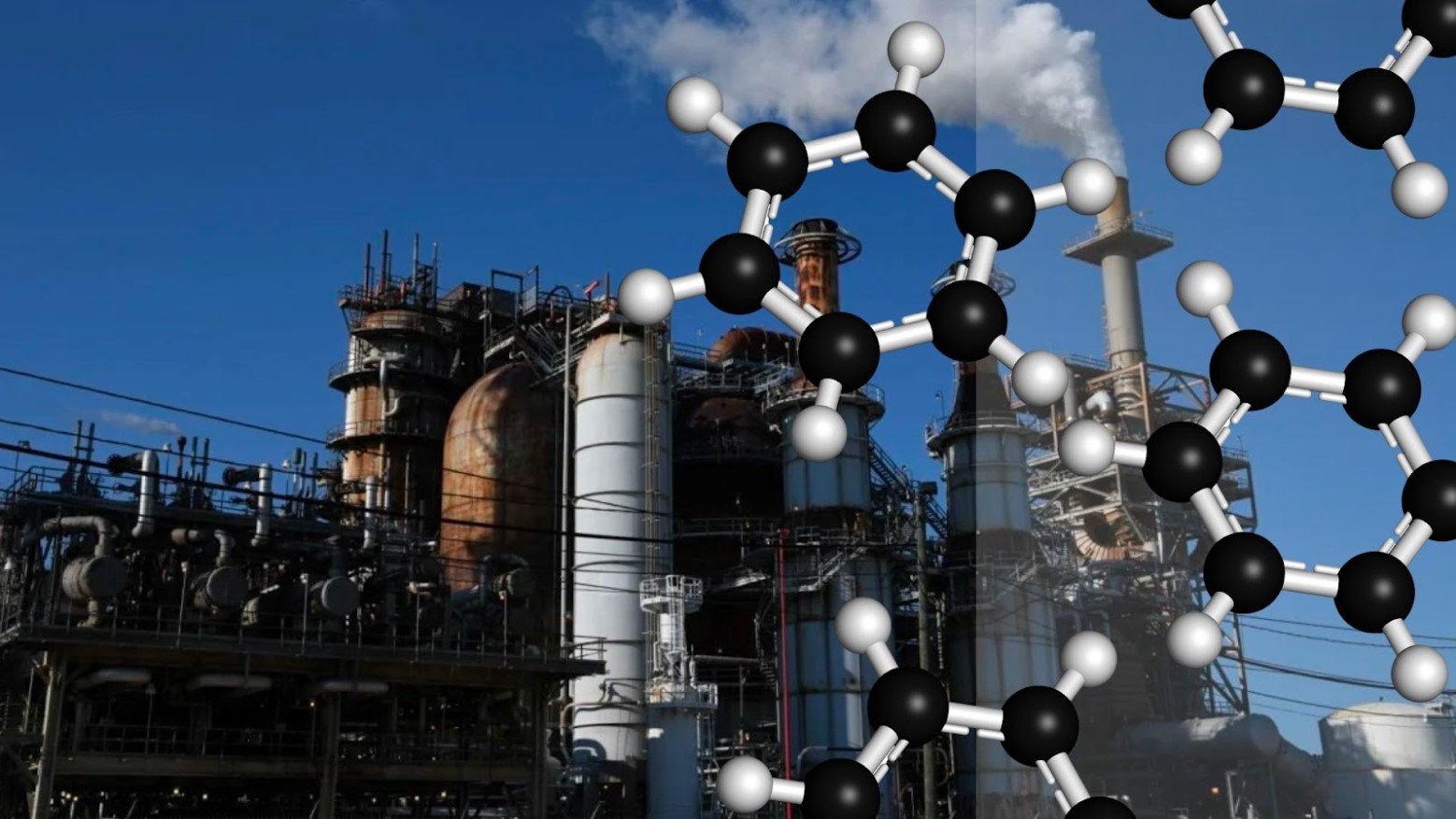
Data from recent environmental regulator samples indicates that the air in the east Houston area has been laced with high levels of benzene for about 20 years.
For context, the Centers for Disease Control and Prevention (CDC) classify “long-term exposure” as exposure that has occurred over a year or longer.
Are Residents Aware of the Risks?

Per MSN, the Texas Commission on Environmental Quality (TCEQ) has not formally notified the residents about the benzene exposure or the linked risks.
MSN notes the TCEQ had known about the industrial facility that had been leaching the benzene into the air, and also confirmed there was little done to address the concern in the preliminary stages.
Who, Exactly, Is Responsible for the Benzene Release in East Houston?

K-Solv is the facility that has been identified as the responsible entity for the Benzene leak. The original leak was found in 2005, and the company has since expanded its operations a total of four formal times per MSN.
As a result, there is approximately 20x the amount of benzene being released into the air as there was in 2005.
What Is Benzene?

Benzene is known by most as a colorless chemical that smells sweet and sugary. It’s often found in industrial products, such as gasoline, crude oil, plastics, paints, and glues. It’s also often found in detergents.
It has been publicly linked to conditions such as leukemia for over a century but has yet to receive formal regulatory practices as other chemicals have.
Why Is Benzene So Unregulated?

Many lobbyists and capitalists have blocked the formal regulation of benzene, as it is so commonly used. Government agencies have been attempting to impose regulations around the chemical since 1978.
Initial attempts were blocked by the American Petroleum Institute, who took litigation to the Supreme Court Level. This resulted in over a decade of regulation-free activity.
What Do the Feds Say about Ambient Exposure?
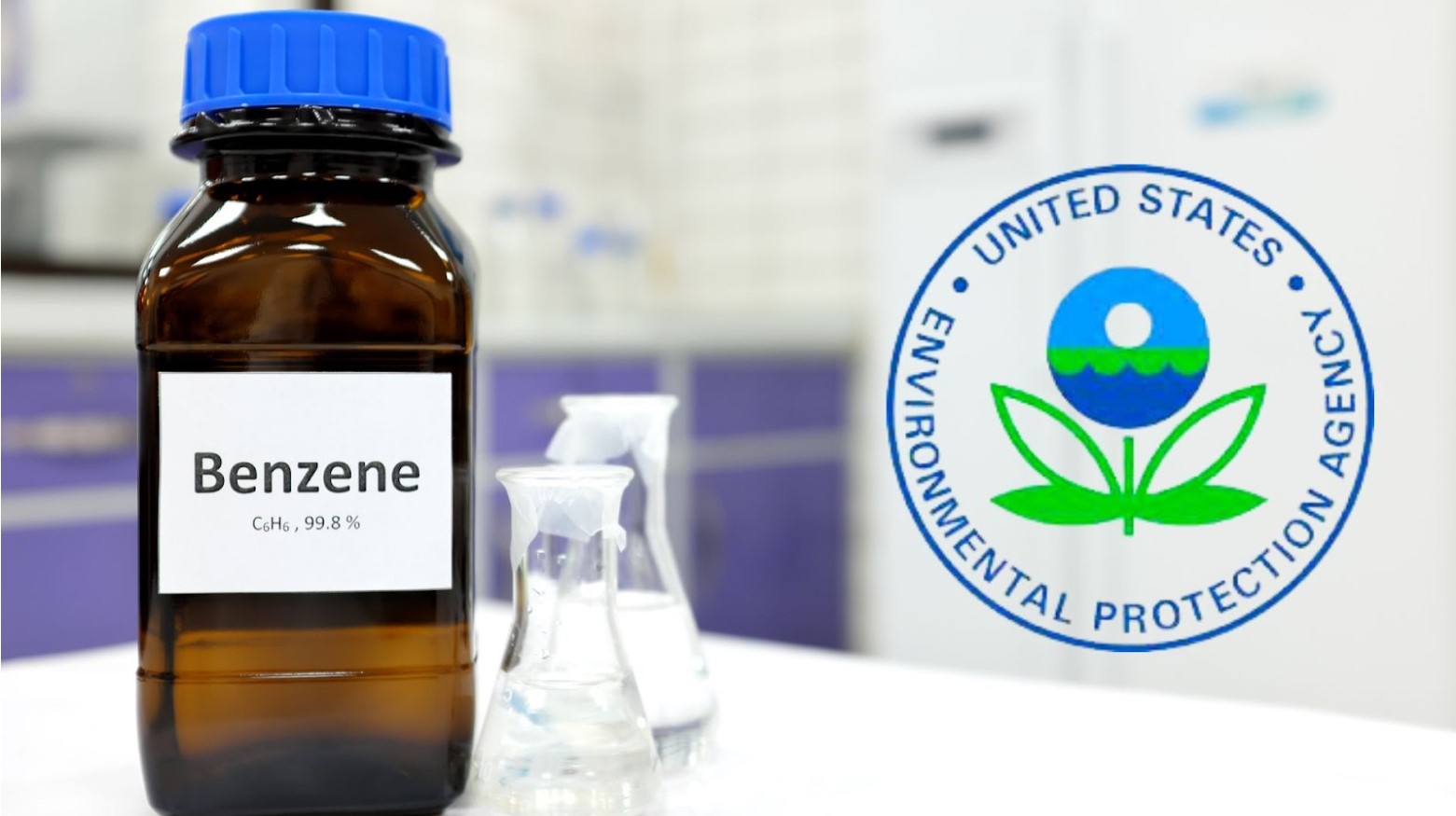
Ambient benzene exposure is a term that would cover the type of exposure many East Houston residents face. At this time, there are no formal federal standards for benzene exposure that is ambient.
Federal benzene standards for industrial employees have not changed since 1987, despite data indicating that more is needed to guard against cancers.
Are There any Standards in Place at the State Level?

Eight total states have attempted to create self-regulation systems to protect residents and workers from the possibly harmful effects of benzene.
California has been objectively more stringent with its exposure policies compared to less-regulated areas, such as Texas. Other states fall somewhere in the middle of the two sides of the scale.
What Is the Current TCEQ Standard?
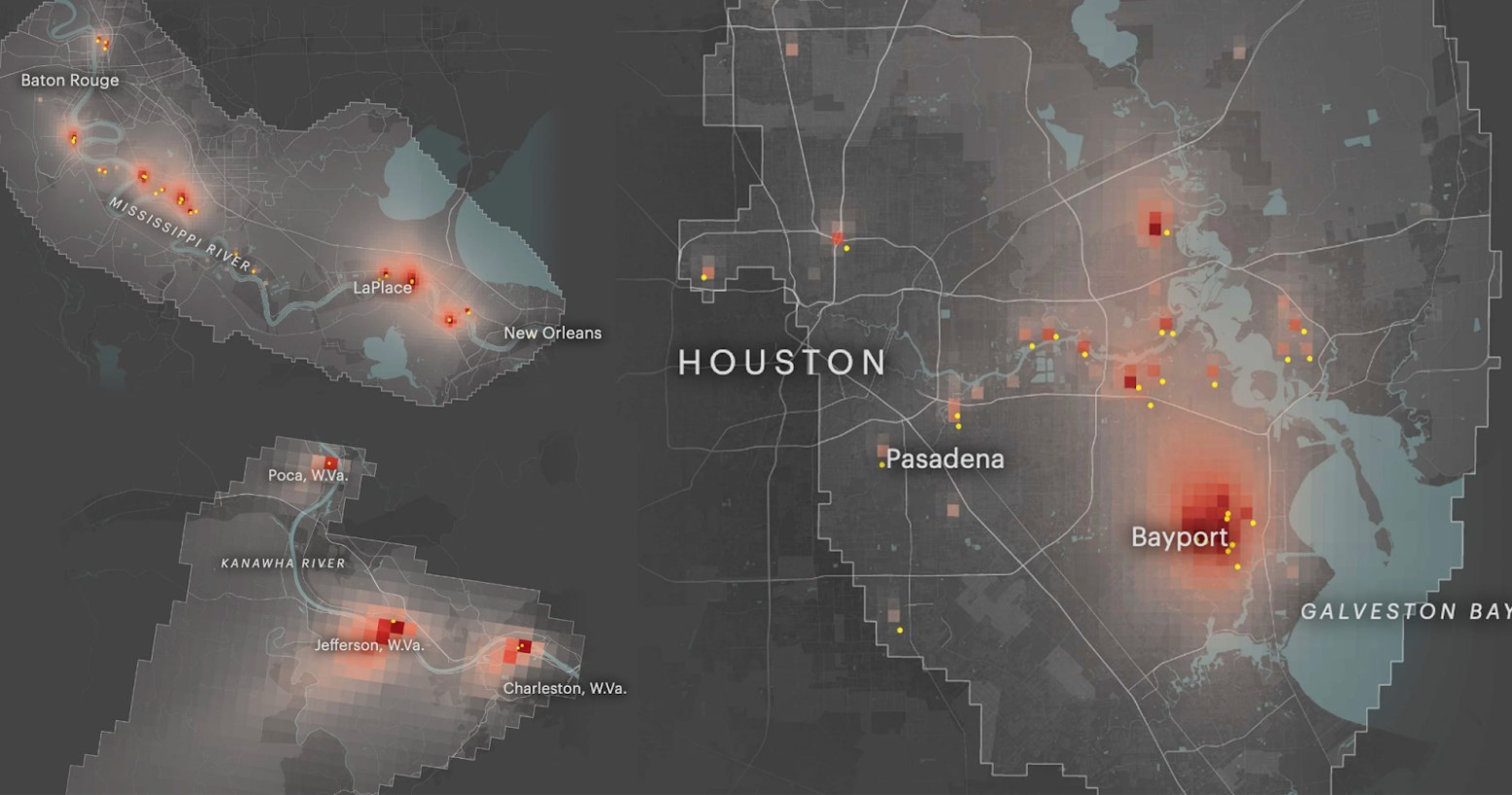
MSN notes the current TCEQ standards state that air must contain no more than 180 parts of benzene per billion parts of air — or ppb. This quantity cannot be exceeded over a single one-hour period.
Experts note that, currently, the number in the air in East Houston is about 22 times higher than the current 8 ppb standard in use in California.
Did Texas Change Their ppb Standard?
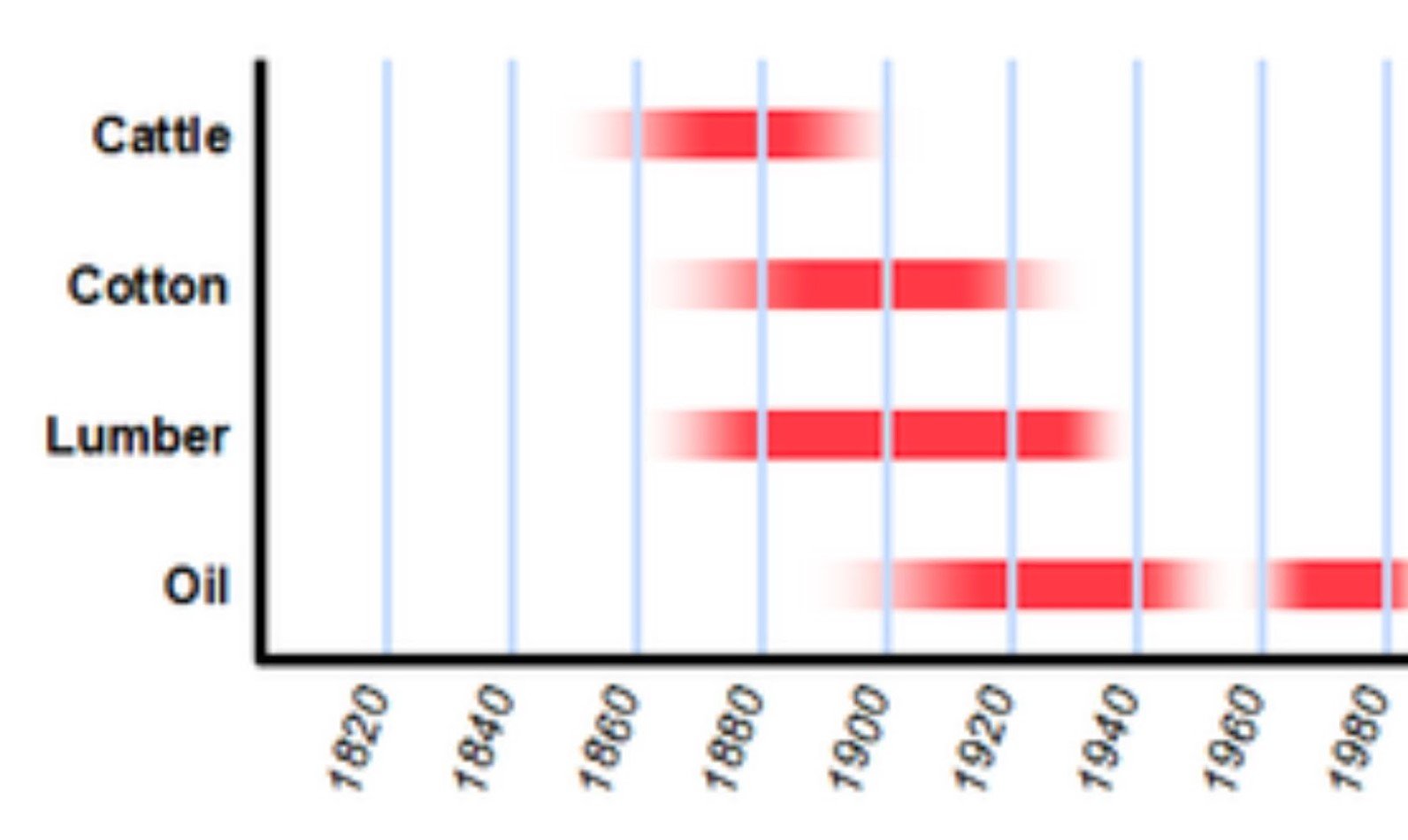
The TCEQ publicly loosened guidelines as industrial presence grew in this area of East Houston, increasing the ppb limit by 40% in 2007. This continued once again during a business boom in 2019-2021.
As of 2019-2021, the current standard remained the same. However, readings read quantities as high as 2.1 ppb, significantly exceeding previously set guidelines.
What Are the Short-Term Effects?

While the aforementioned long-term effects of benzene can be life-threatening, the chemical has also been associated with unpleasant short-term effects.
The CDC notes that short-term effects of benzene exposure can range from headaches and drowsiness to severe vomiting. Symptoms may be exacerbated with chronic or acute exposure to high levels of benzene.
What are the Long-term Affects of Benzene Exposure?

Long-term exposure to benzene pollution has been linked to various blood diseases including aplastic anemia and pancytopenia.
There are also blood cancer disorders like leukemia that the CDC has suggested are also caused by repeated benzene exposure over long periods. Long-term benzene exposure may also hurt a person’s bone marrow, which impacts the production of new blood cells in those areas.
Experts Are Speaking Up
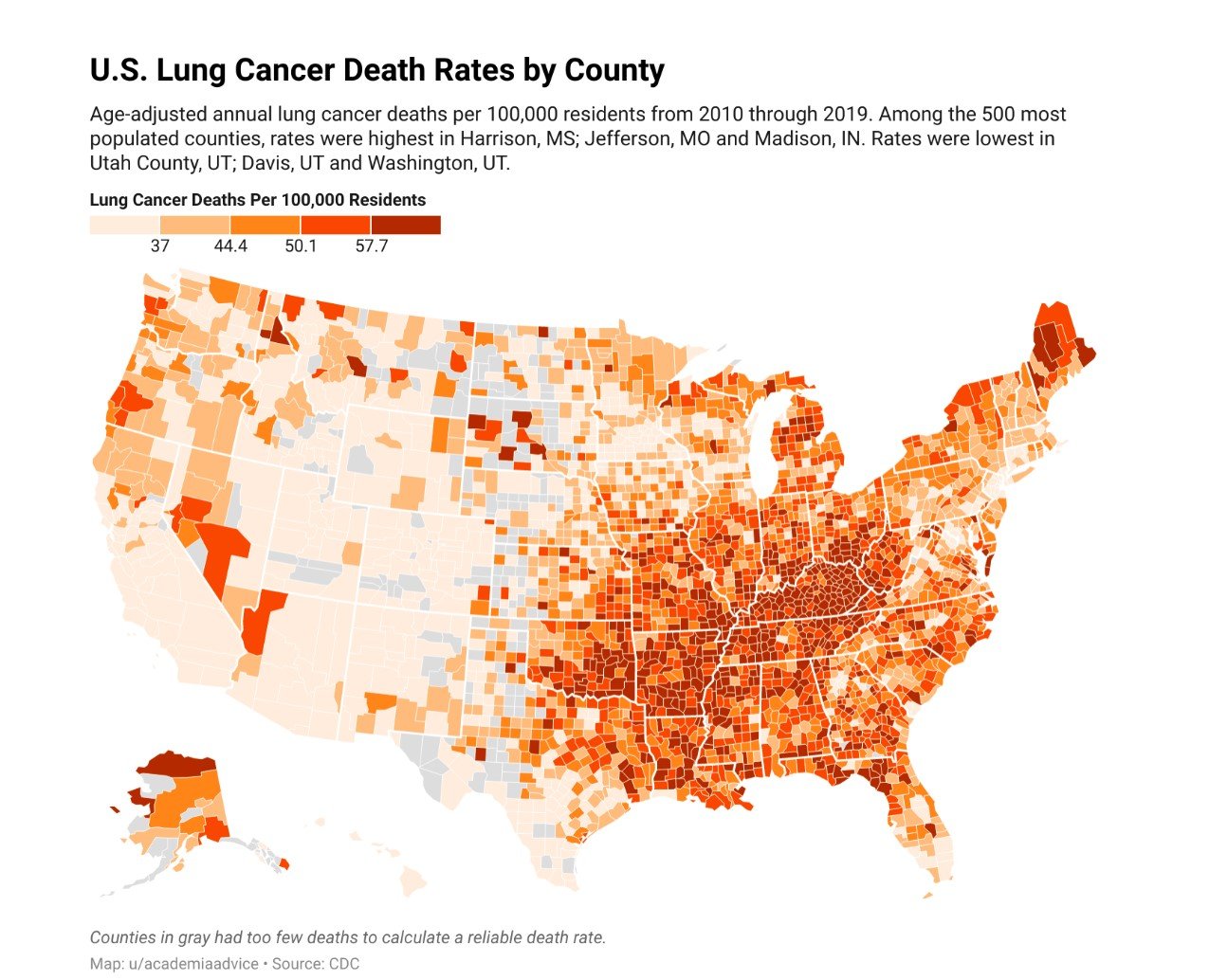
Professor Loren Hopkins of Rice University has spoken up regarding the concern, as the U.S. EPA suggests their air toxicity screening tool estimates that the current benzene exposure in Texas could result in 30 cases of cancer per 1 million residents.
Hopkins openly disagrees, noting that it’s “likely an under-count,” and numbers could soar to 70 cases of cancer per million residents.
What is the Air Quality Index?

The Air Quality Index (AQI) is a tool developed by the EPA that allows Americans to quickly find up-to-date information about the air in their area. People can search by zip Code, city, or state to see the current conditions on the ground and a forecast of what the conditions will likely be in the future.
The scale goes from 0 to 500, which denotes a new level of concern every 50 points. Acceptable levels of air pollution are deemed to be 100 and below on the index.
Cancer Research Must Be a Priority

There is still a lot of research that still needs to be done to figure out the long-term effects of living under increased pollution. In 2023, the National Cancer Institute found that living in areas with high levels of air pollution was correlated with a higher incidence rate of breast cancer.
This study is one of the largest to date that seeks to examine the relationship between fine particulate matter and breast cancer correlation.
What is Particulate Air Pollution?

One of the dangers of modern air pollution is not just the chemicals it contains but its ability to suspend particles in the air. Particulate air pollution occurs when a tiny solid or liquid particle becomes part of the air.
While particulates in the air can happen naturally, in recent years there has been an increase in synthetic plastics and other artificial commercial and industrial byproducts also.
Particle Air Pollution is Linked to Heart Disease

The United States Environmental Protection Agency (EPA) warns that fine particulate pollution can also present a major risk of triggering heart attacks and other conditions.
EPA research has concluded that someone who is exposed to increased concentrations of micro particle pollution over a period of hours to weeks has a higher likelihood of triggering a heart attack that may even cause death. Long-term exposure has been linked to a decrease in life expectancy.
Who Does Particle Pollution Affect?
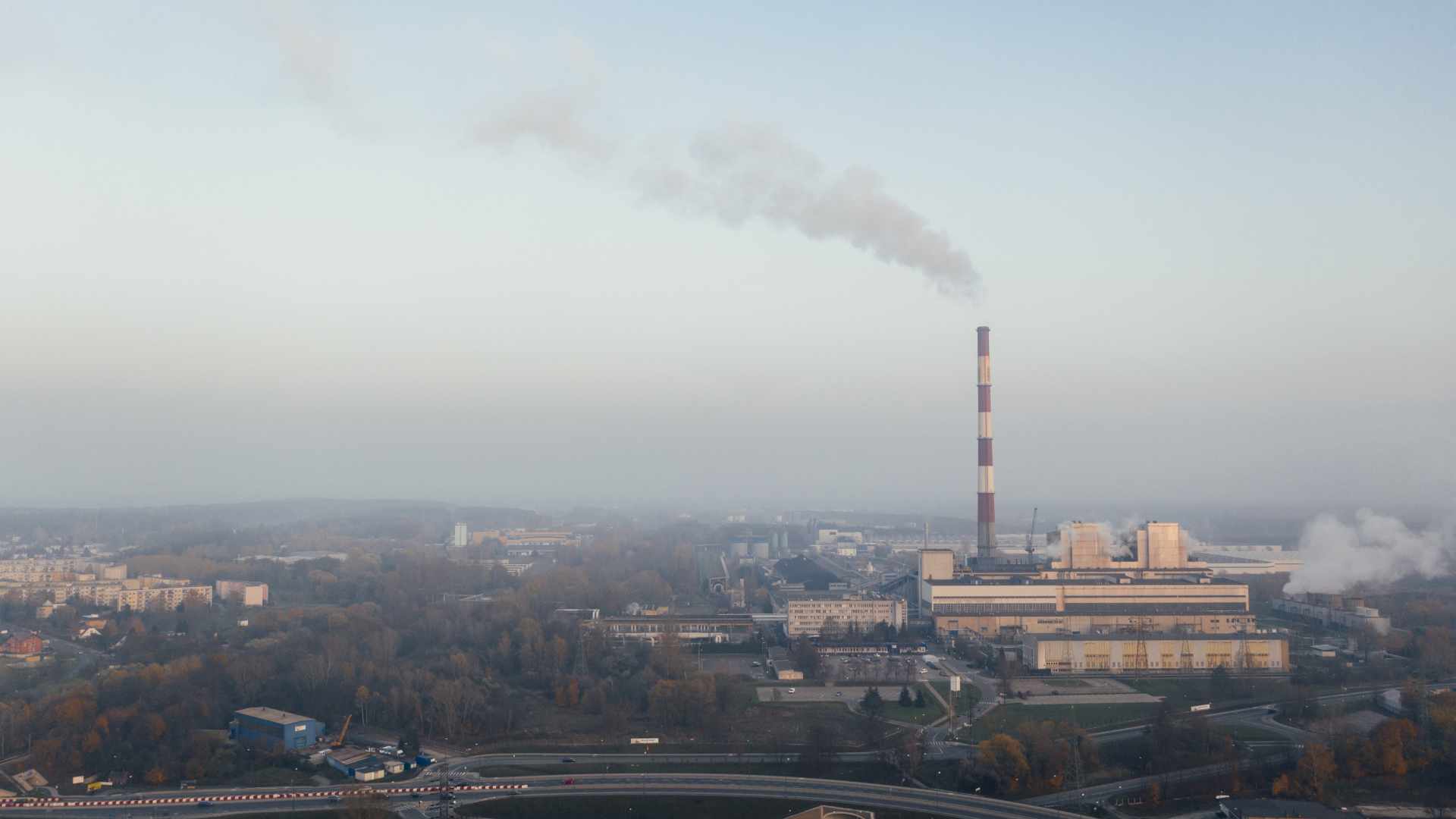
According to the CDC, people most at risk for experiencing health effects from particle pollution include people with medical conditions like asthma and older adults. Another group that is most affected is babies and children, who experience more severe health conditions compared to someone whose body has fully developed.
If someone lives in a high-pollution area it is recommended that they spend more time indoors.
What Can Be Done to Manage the Affects of Air Pollution?

Someone may live in an air with high levels of pollution and may not have a choice about whether to move or leave. In these cases, there are several steps one can take to mitigate the risk of cancer and other diseases.
Any activity one can partake in that doesn’t cause you to breathe heavily is good. For this reason, a person should try walking instead of running for outside exercise so they don’t draw in excessive air through strained breaths.
Why Does It Seem Like There Is More Pollution Than Their Used To Be?

Incidents like the one in this Texas town seem to be reported on more commonly in recent years. Has our air pollution reached critical levels?
According to an EPA report, we are actually making significant progress in the United States across the board in pollutant categories like particulate matter, lead, and carbon monoxide since 1990. However while this data trend is encouraging, it does not tell the full story of many people’s experience with pollution.
Air Pollution Remains Stagnant in Winter

Air quality can vary significantly from year-to-year and even season-to-season. Despite clear progress that America’s air is becoming cleaner, most of it is being made in the summer months.
In 2018, The University of Washington released a study detailing the still high level of air pollution in winter air. The study found that summertime pollution has dropped by a third in 10 years, but winter pollution only decreased by half that rate in the same time frame.
Air Quality Models are Biased Towards Summer

One reason for this lack of progress in winter months is the way we think about air pollution. Lyatt Jaeglé an author on the research paper, commented one drawback on understanding air pollution through the summer months.
“The air quality models that we use to understand the origin of air pollution perform quite well in summer, but have some issues in the wintertime. Before this study, we could not reproduce the observed particulate composition in winter,” she said.
Air Pollution Creates Beautiful Sunsets

Many people in cities today are enjoying beautiful sunsets in the skies above them every night. However, some of the colors seen in these sunsets are the result of aerosol pollution or particulate matter.
In particular the saturation of red colors in the sky are most affected by increased air pollution levels over cities. One reason for this is that air pollution causes light to scatter more, causing the color variance.
Looking to the Future of Mitigating Pollution Risk

The EPA warns that the rising threat of climate change will soon exacerbate problems related to toxic air pollution.
While a lot of progress has been made over the past decades, as temperatures rise across the earth, there will be a further increase of allergens and harmful air pollutants in the air. We must find a solution to our need to constantly burn fossil fuels and release greenhouse gases.








































